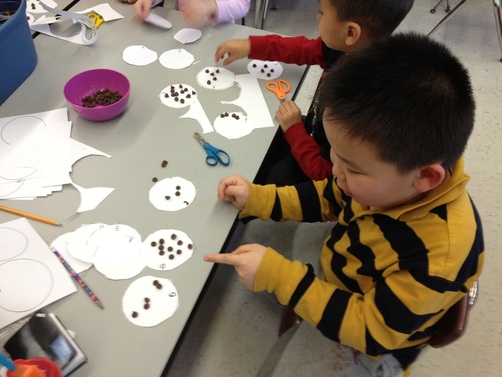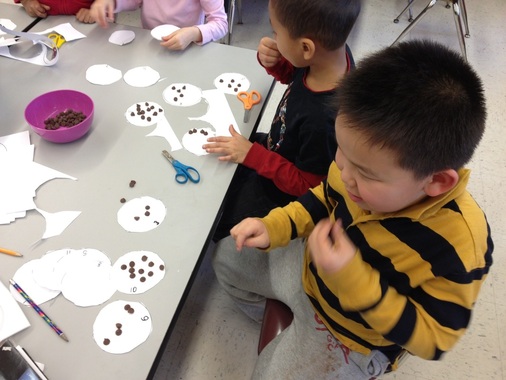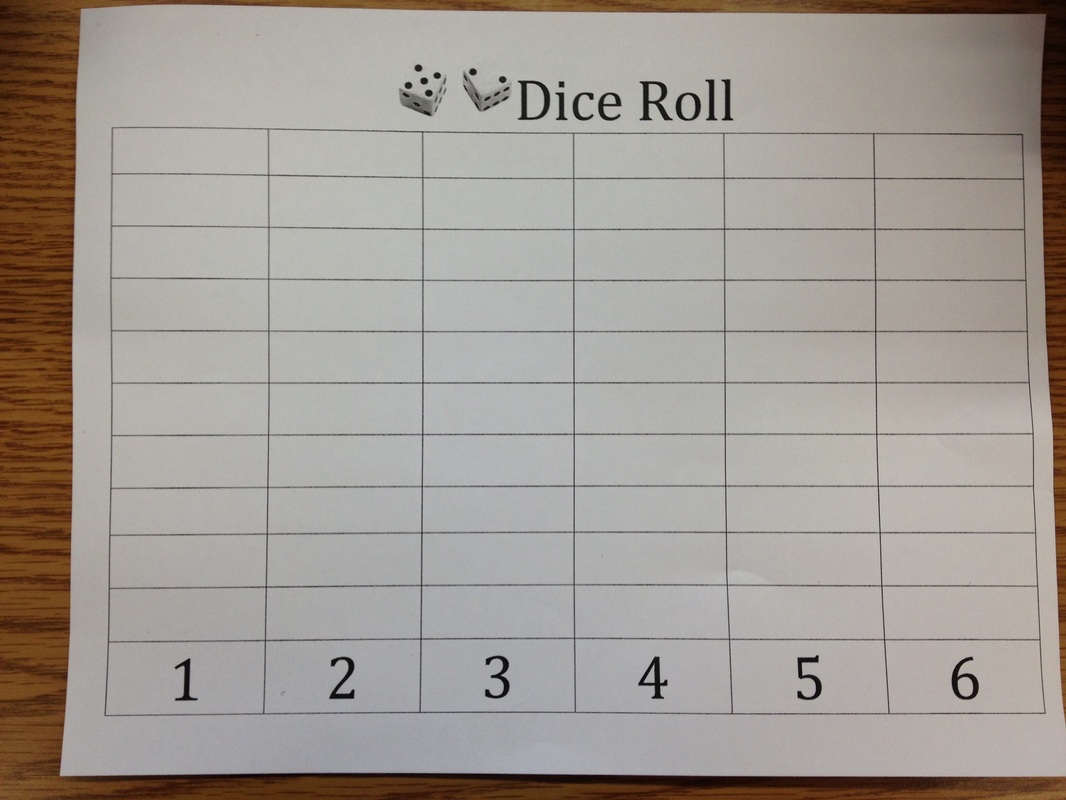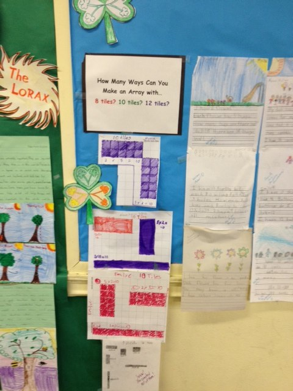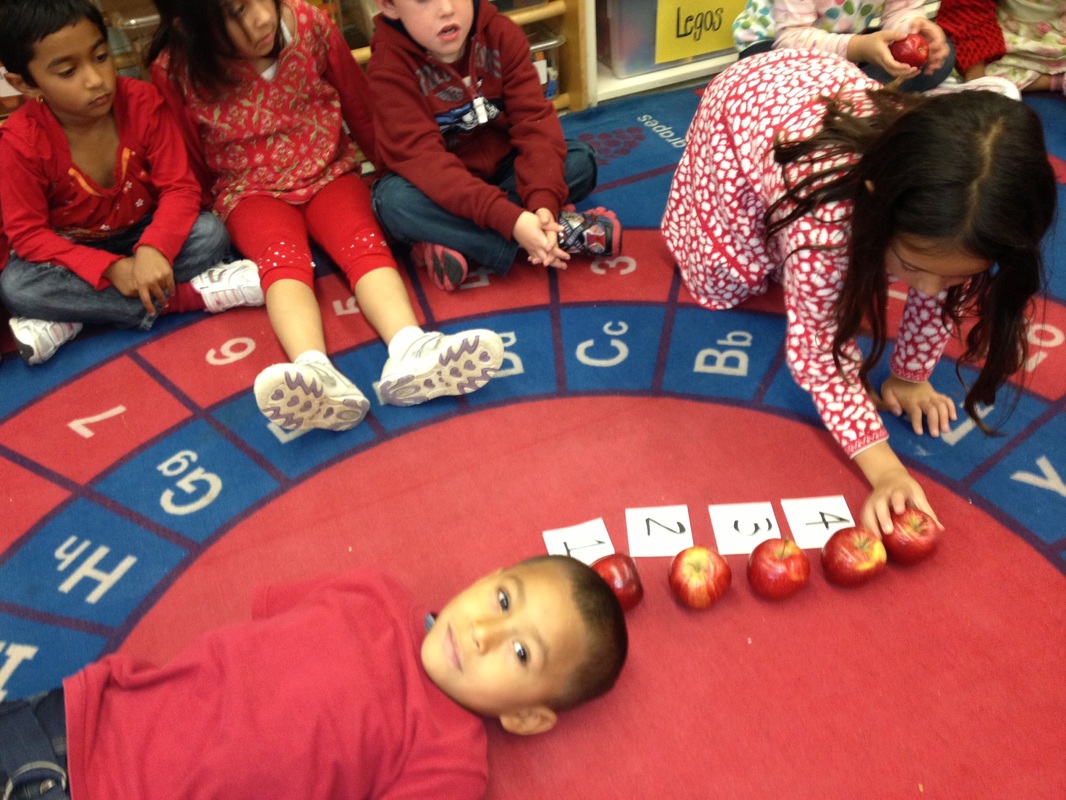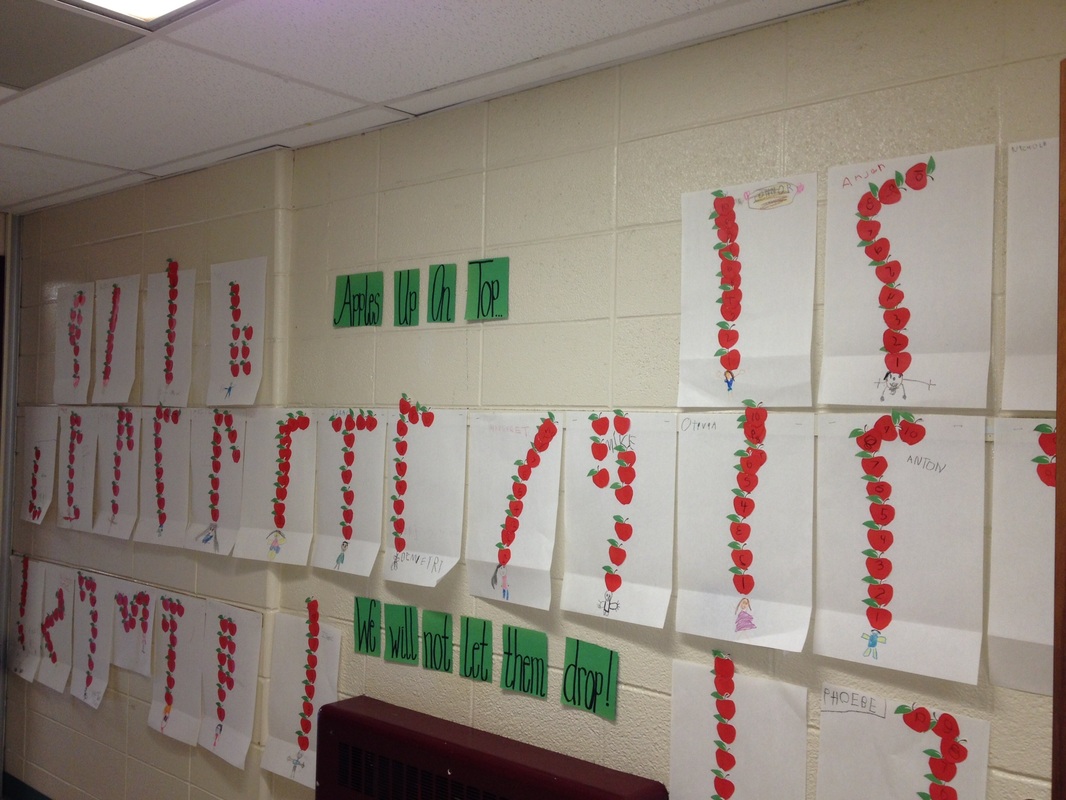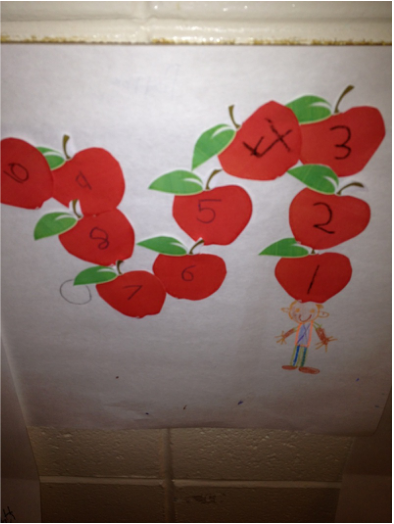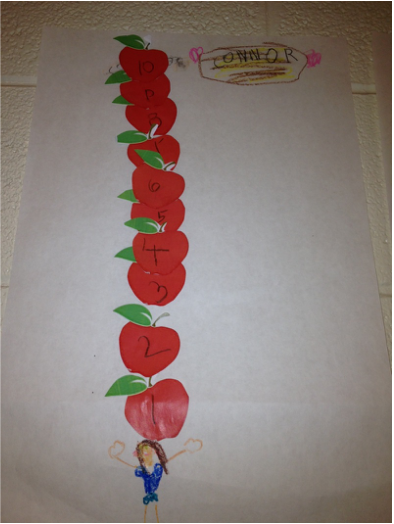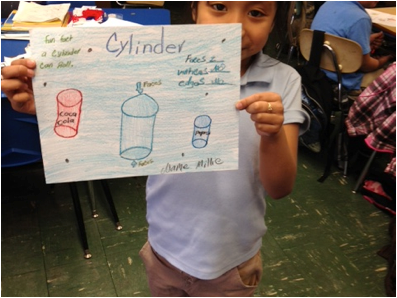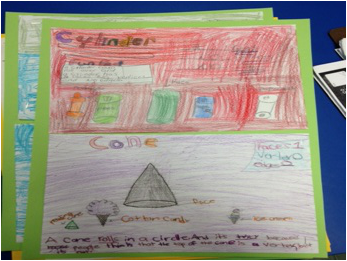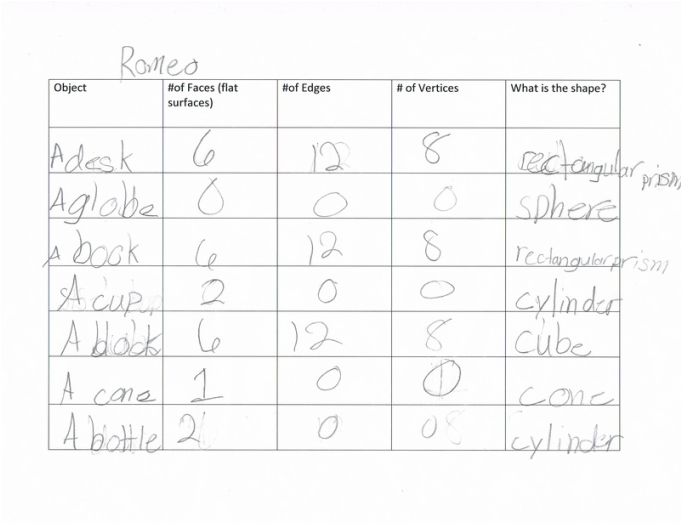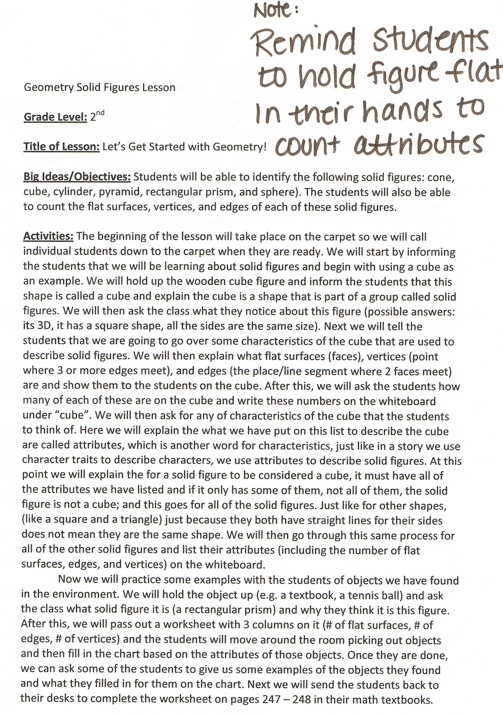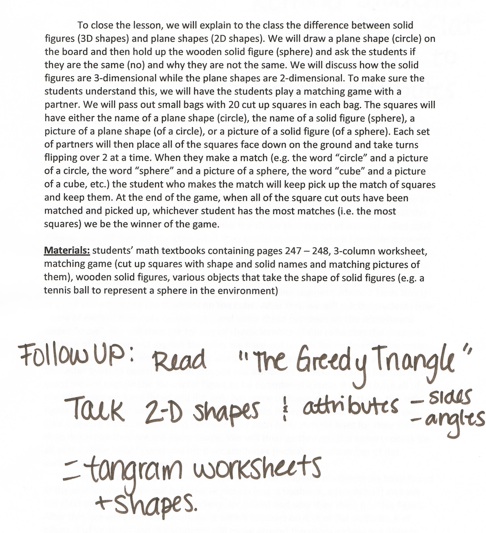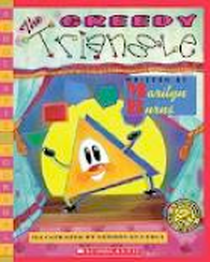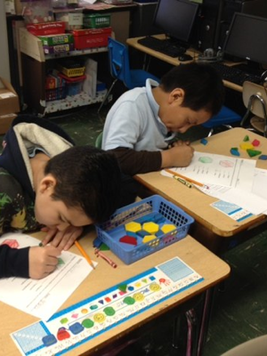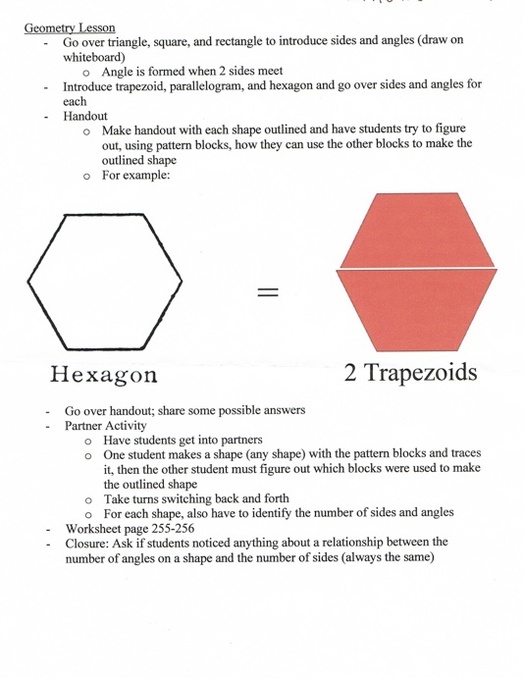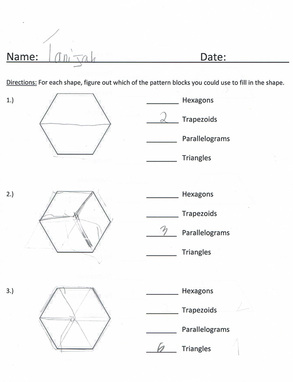This was my first formal math lesson taught at Robbins school. It set the stage for multiplication by teaching students the array model of multiplication. The students loved being able to work with dot candy strips as well as eat it(new, “untouched” strips) later! Worksheets used are included below.Click here for candy dot worksheetClick here for grid worksheetDescription: An array is used to visually represent a multiplication (repeated addition) problem. We used candy dots to understand array models!
Rationale: In New Jersey, students in second grade must have a basis understanding of multiplication and the ways in which it is represented. Arrays are a great way to represent multiplication to make it easiest for students to understand. Making their own arrays with manipulatives is very beneficial to our students’ learning. By using arrays, students can learn the true meaning of multiplication without meaninglessly memorizing facts or carrying out steps.
Prior Knowledge: Students must be an expert in addition in order to understand and learn multiplication. Students must also have some knowledge about skip counting or repeated addition. A misconception students may have when skip counting is that it can only be done with numbers such as 2 and 5 as we use those most commonly. You can skip count with virtually any number- we just do not commonly skip count by say, 31s! Their imaginations will be captured when we use all of the student hands to skip count by 5s and when they use candy buttons for array models.
NJCCC Standards:
Work with equal groups of objects to gain foundations for multiplication.
2.OA.4. Use addition to find the total number of objects arranged in rectangular arrays with up to 5 rows and up to 5 columns; write an equation to express the total as a sum of equal addends.
2.NBT.2. Skip-counting- by 5s, 10s, and 100s
Objectives Assessments
SWBAT skip count 2, 3, 4, 5 Shading on 100s chart and Observation while counting aloud
SWBAT manipulate equal groups of items to Worksheet 467 and 468
calculate the total amount
SWBAT interpret an array and produce their own Candy Button activity and worksheet
Hook: Day 1-Showing students the 100 chart, “You all have seen this before right? Well today we are going to show you some new ways to count called skip counting. This is very exciting because it is the start of multiplication!”
Day2- “Who can remember and tell me what we talked about in math yesterday?” Discuss. Showing them the candy buttons, “Has anyone ever seen this before? This is actually a type of candy but it reminded me of a neat thing we can do when we multiply. This candy looks like an array which is a fancy word for a way to represent equal groups.” Writearray on the board for students to see.
Activities, Questions, and Examples:
Day 1:
Materials: 100s charts, crayons, clipboards, unifix cubes, worksheet page 467/468
Gather all students by the carpet and provide them a clipboard, 100s chart and a crayon. Use Day 1 Hook to begin the lesson. Tell students, “When we skip count, we start with the number we are counting and keeping adding that amount. If we skip count by 2s, we start at 2 and we keep adding 2 so that we have 2, 4, 6, 8…” Show this by using our own fingers to skip count by 2. Have students count by twos on your hundreds chart and shade in the numbers. Count by 2s aloud as a class up to 30. Repeat this with skip counting by 5’s. Next discuss Equal Groups. I will put two unifix cubes in my hand and ask students how many objects in my hand? Use another hand to hold three unifix cubes. Are these two equal groups? Students should respond no. Explain that equal groups happen when there are the same number of objects in each group. Make sign with definition of equal groups and hang up for the class. Do several more examples, including ones with 3 groups Next, call three students up in front of the class and have them raise one hand. Count each group (hands), count each object (fingers), count by 5s to get the total amount of fingers. Be sure to say, “3 groups of 5 fingers each makes 15”. Have students count by 5s together to count all of the hands in the classs. Have students return to their desks to work on worksheets 467 and 468. Students may use the unifix cubes to aid them.
Day 2:
Materials: Dot candy, Graph paper, clipboards, corresponding worksheet page, Enrichment worksheet
Gather all students by the carpet. Pass out graph paper and clipboard. Ask students what they remember from the previous day’s lesson. Use hook for Day 2. Explain how the dots represent multiplication: “The horizontal rows count as the groups and each dot in this row counts as one object in the group.” Show this with the dots and draw it on the whiteboard. Label horizontal rows as groups. Do an example, possibly: “With this sheet of dots, we have 3 rows (indicate rows) and 5 objects in each row (indicate the 5 dots in each row). So we have 3 groups of 5. If we were writing this as a multiplication sentence, it would be 3 x 15 (write on board). Pass out sheets of dots to each student and have them fill out worksheet on back of graph paper (attached). Students will switch sheets with each other to practice with different numbers of rows and groups.
Now we will transition to representing multiplication on graph paper. “Now we’re going to do the same thing we were doing with the dots on graph paper.” Provide an example with blown up graph paper: “If I had these boxes colored in, how many rows do I have? How many objects are in each row? What would the multiplication sentence be?” Do another example if the group and number of objects in each group are given. (“If we want 5 groups of 3 how would we draw that on the graph paper? If we wanted to draw 4 x 3 on the graph paper how would we do that?) Have students complete problems given using graph paper. For the last few problems, have students come up with their own problems. Go over answers as a class. Send students back to their desks based on who is sitting quietly and instruct them to complete corresponding worksheet on their own. Walk around and help students with worksheet and check answers when completed. Move on to closure.
Closure: Discuss the implications of: Did anyone notice something like this? How can this be?
Individualization: We have some students in our class who are very early finishers. For these students, we will provide them the Enrichment Worksheet from the book called “An Array of Arrays” (p. 152). Students must color in the array for the given number sentences. This will give us some time to work with students that are struggling with the concept. If students are struggling, we will provide them unifix cubes and array manipulatives to help them along. We will assist them and model how to use the manipulatives and encourage students to use them on their own.
Follow-up Activities:
Matching Game- Match the number sentence to the array
Array Swap- One student make and array and have their partner write the number sentence (vice versa)
Write repeated addition sentences for arrays
